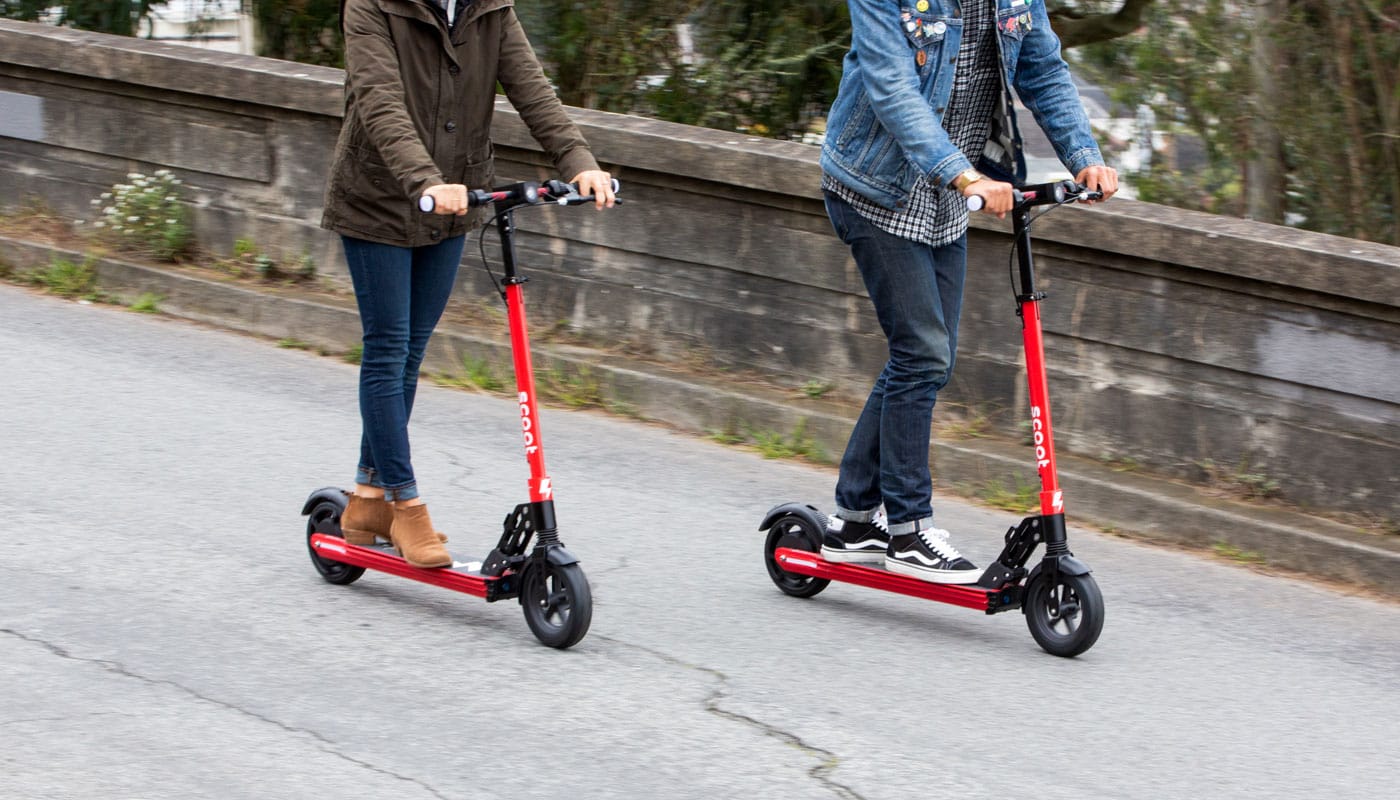A new interactive map released by the U.S. Department of Transportation’s Bureau of Transportation Statistics tracks the rapid growth of bikeshare (docked and dockless) and e-scooter systems across the country since 2015. Today, nearly 300 such systems exist, together serving more than 200 cities.
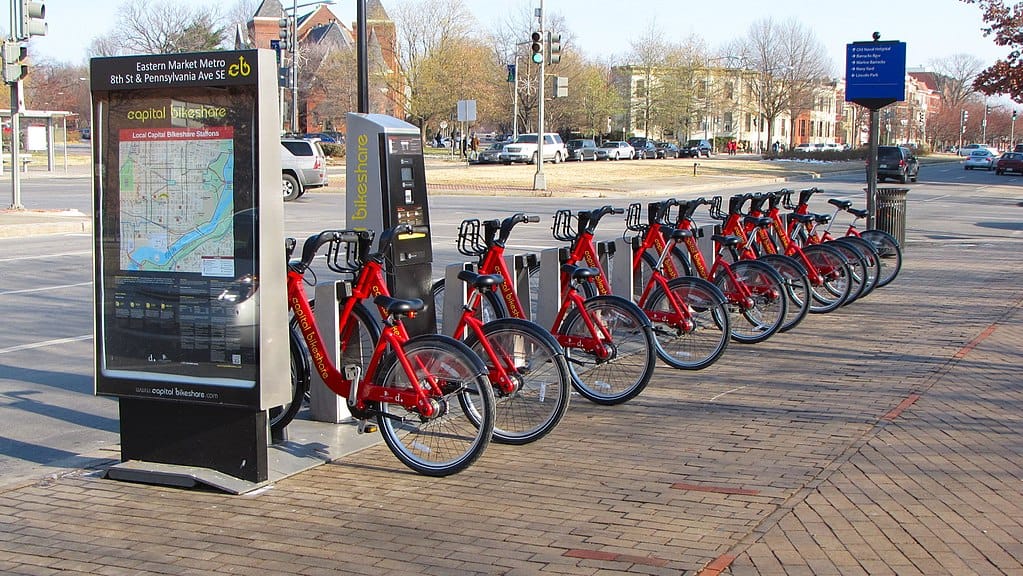
According to the BTS report, the number of bikeshare docking stations in American cities has nearly tripled since 2015, bringing new micro mobility options to able-bodied people all across the country. The largest operator, New York City’s CitiBike, rents 13,000 bikes across more than 800 stations with great success.
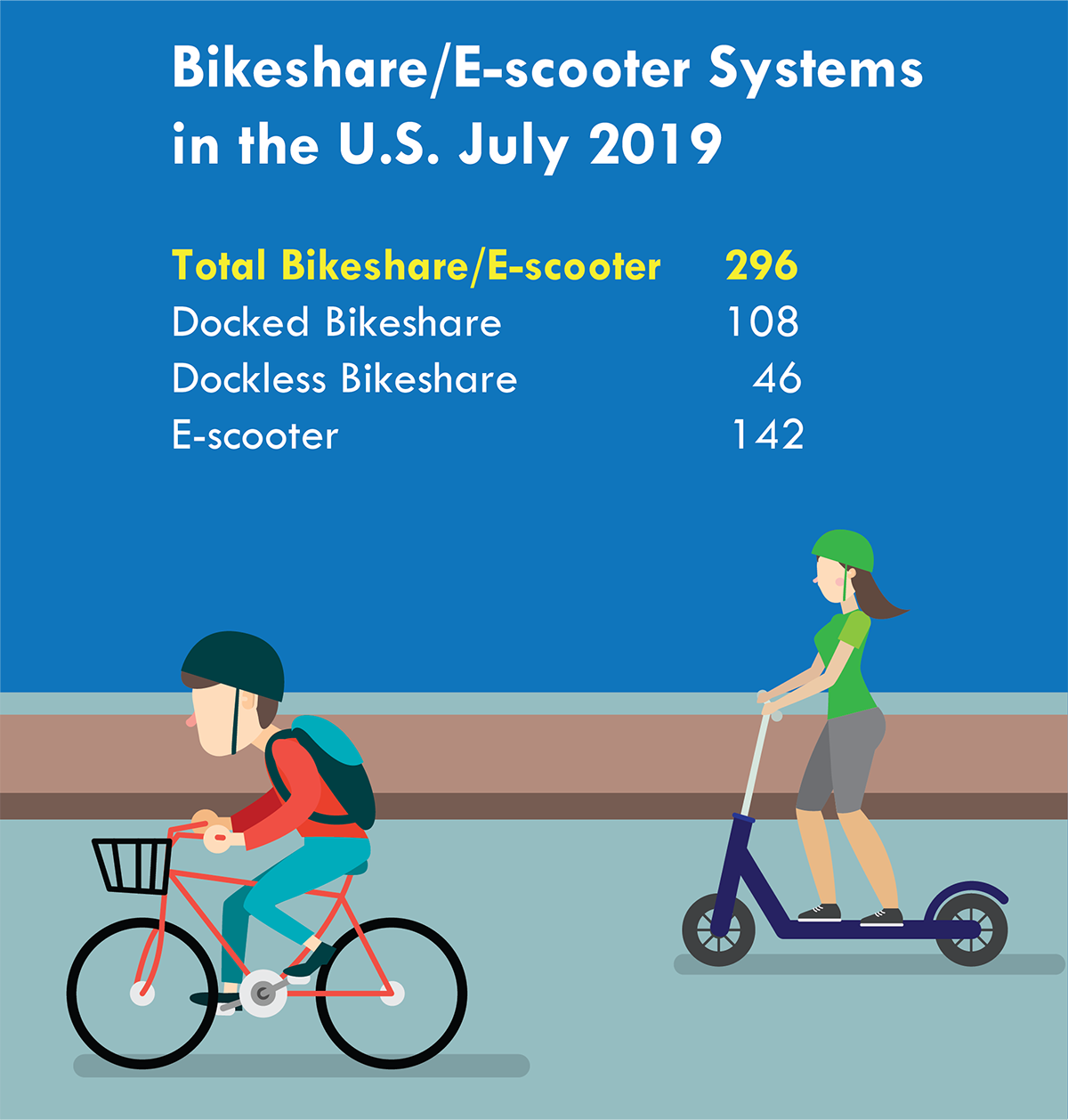
But not all bikes are returned to a docking station. Since the advent of e-scooters in 2017, the popularity of dockless systems has increased and encouraged companies to introduce the technology to bikeshare operations. Although docked bikeshare systems still outnumber dockless, the growth of untethered operations cannot be ignored. According to the BTS report, 46 dockless bikeshare systems now operate across 38 cities in the United States. That number is sure to increase.
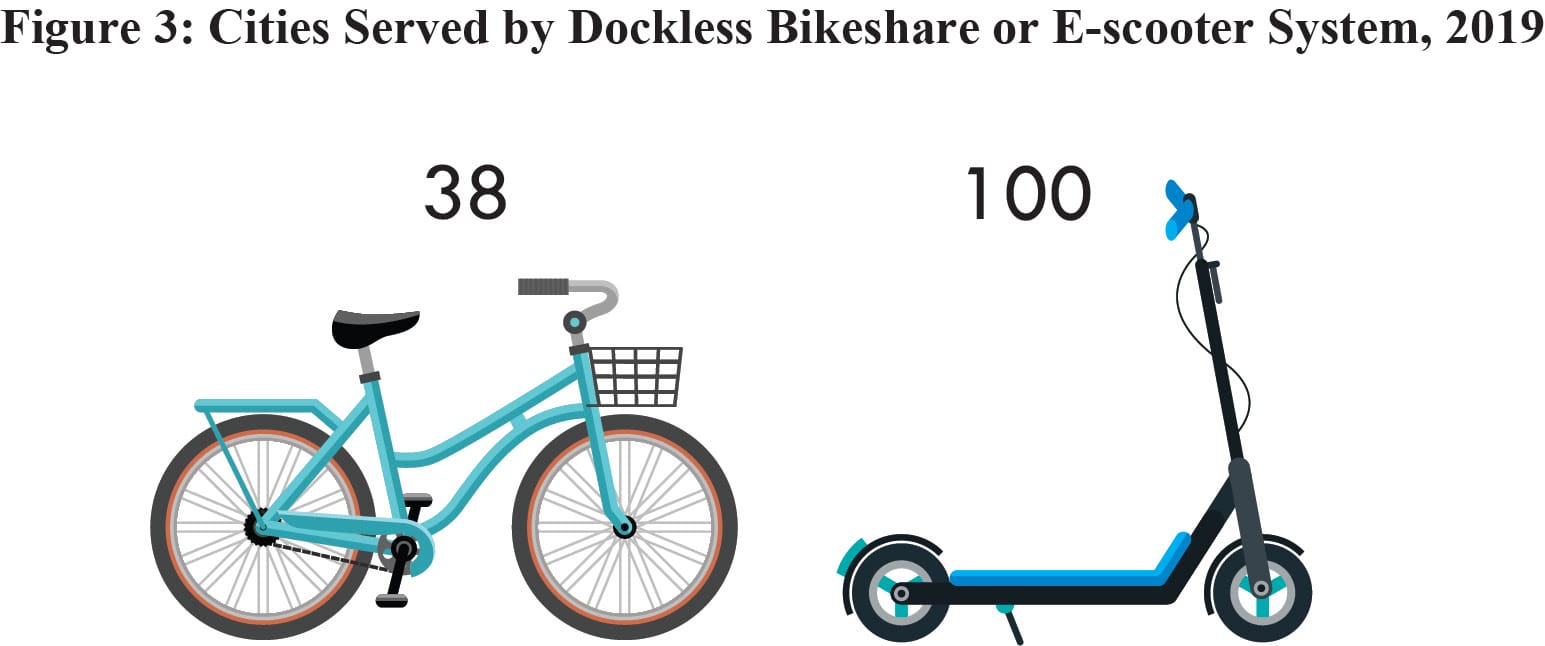
As of July 2019, the total number of e-scooter systems in the USA has grown to 142, serving 100 cities. Each of these systems are dockless.
Dockless systems have received significant criticism from disability advocates (myself included), with bikes and scooters crowding sidewalks and blocking curb ramps, a significant barrier for wheelchair users and others with disabilities.
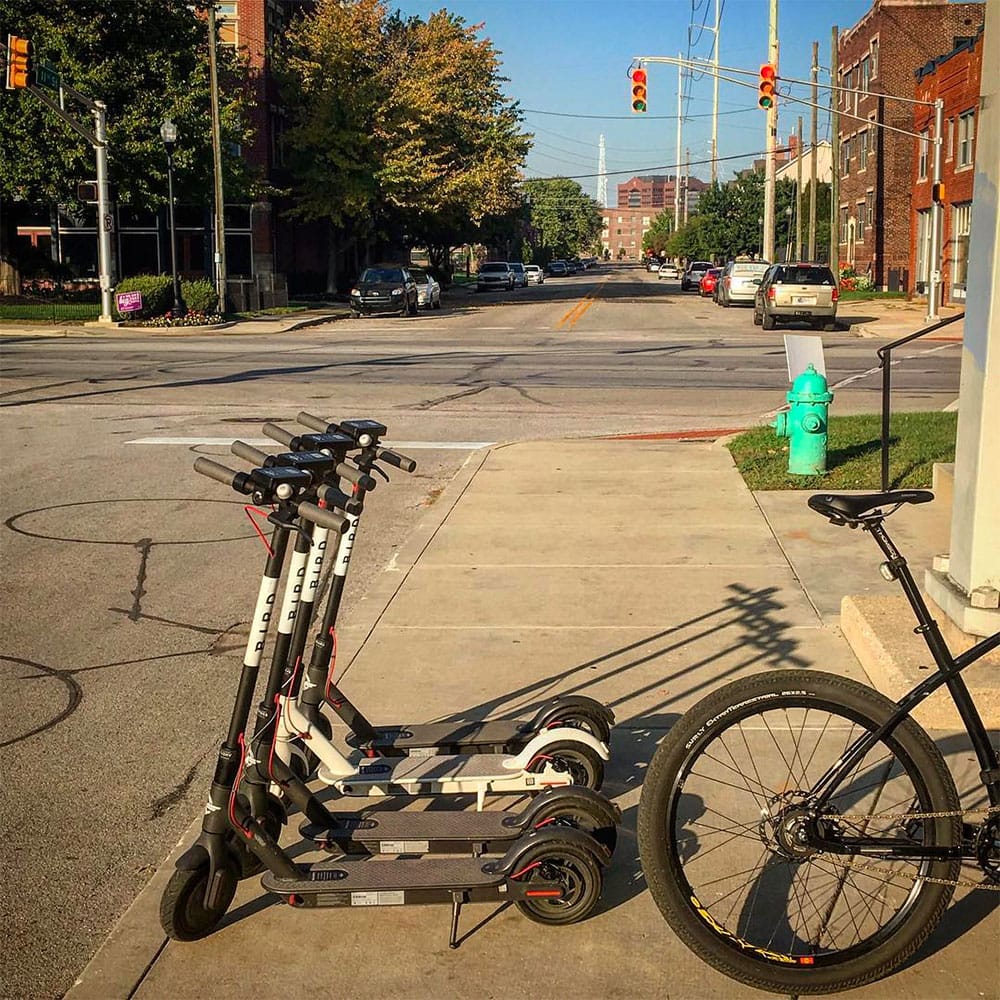
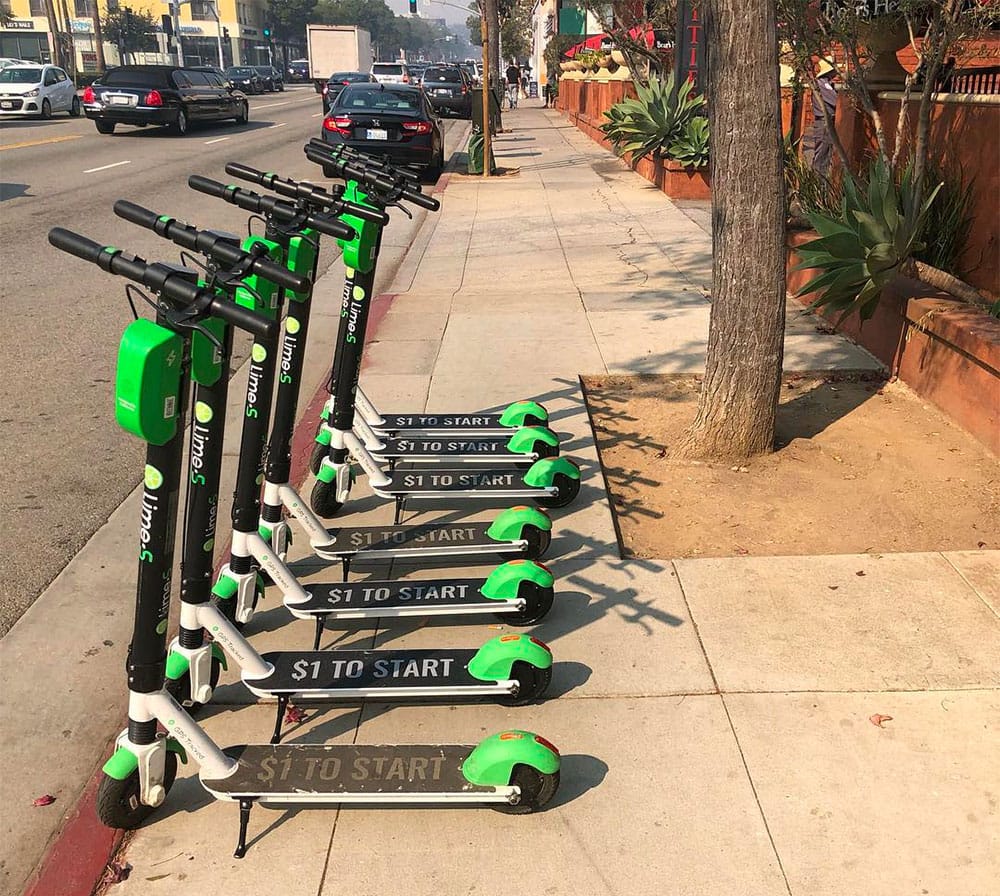
Social media is filled with examples of bikes and scooters abandoned in inappropriate places, potentially blocking the free movement of others.
But for many, the convenience of micro mobility systems outweighs any concern for the negative impacts on accessibility for the disabled. As a result, city governments have been slow to react and regulate.
San Francisco’s Municipal Transportation Agency announced a plan last week that will bring up to 10,000 Jump, Lime, Scoot and Spin e-scooters to the city’s sidewalks. The plan will also allow their expansion into more neighborhoods beyond downtown. The plan will require e-scooters to be outfitted with a locking system, aimed at keeping the parked devices out of pedestrian walkways. How effective that will be, and to what the e-scooters will be secured, remains a concern for many in the community.
Critics of dockless systems have often been accused of being opposed to progress, but I disagree. Systems with docking stations keep sidewalks clear and free of obstacles, and have proven to be effective in major cities like New York.
In order to protect the freedom of movement for wheelchair users and other disabled people, local governments must coordinate with operators to develop systems that will not infringe on ADA civil rights. End users must also be responsible in their use, operating the devices only in designated areas (not sidewalks), and ensuring that they are not left blocking accessible routes.
Have scooter rentals come to your city?
What should governments do to protect sidewalk accessibility?
Let me know in the comments below!
Featured image courtesy Scoot Rides.

